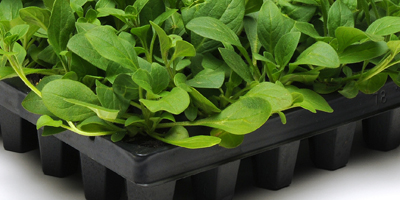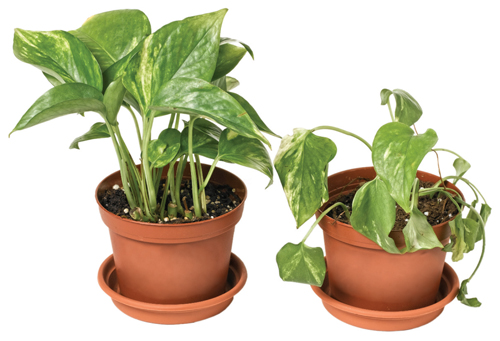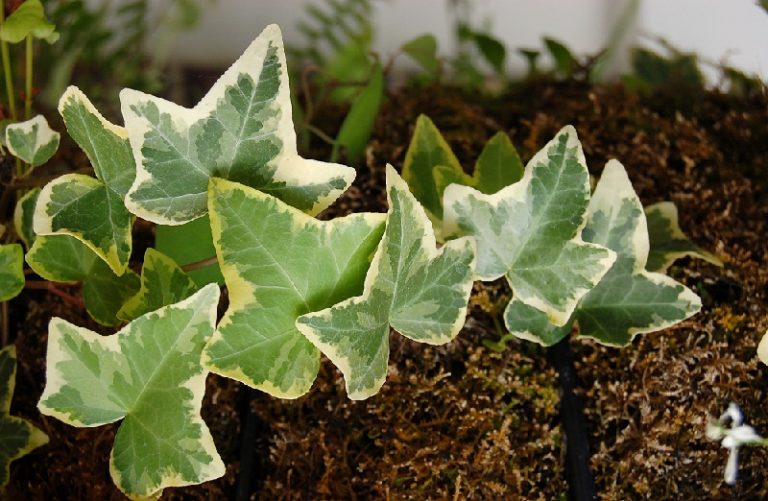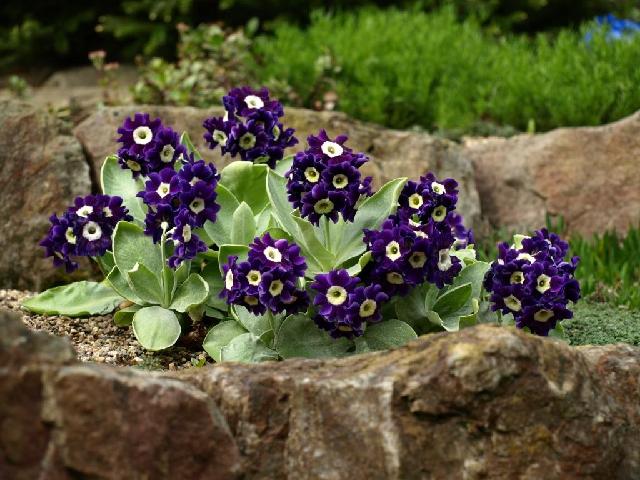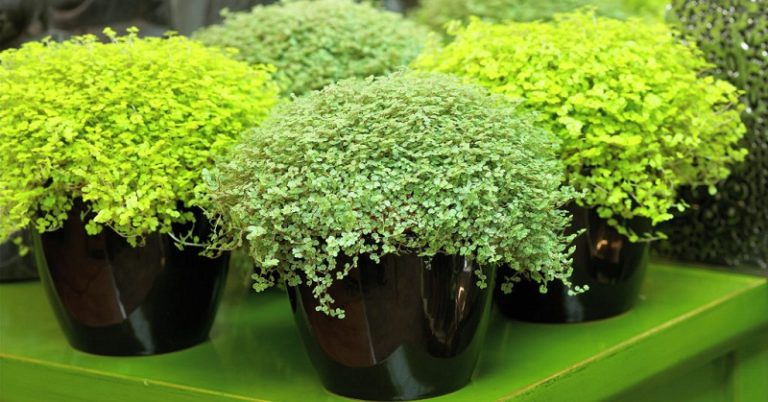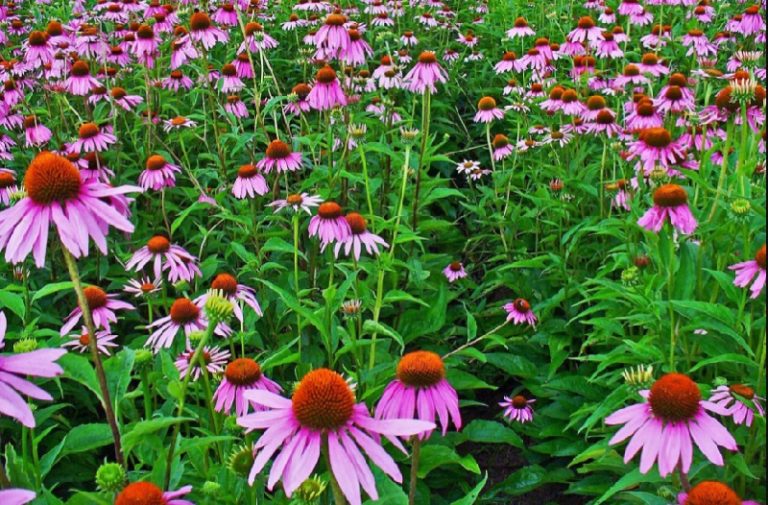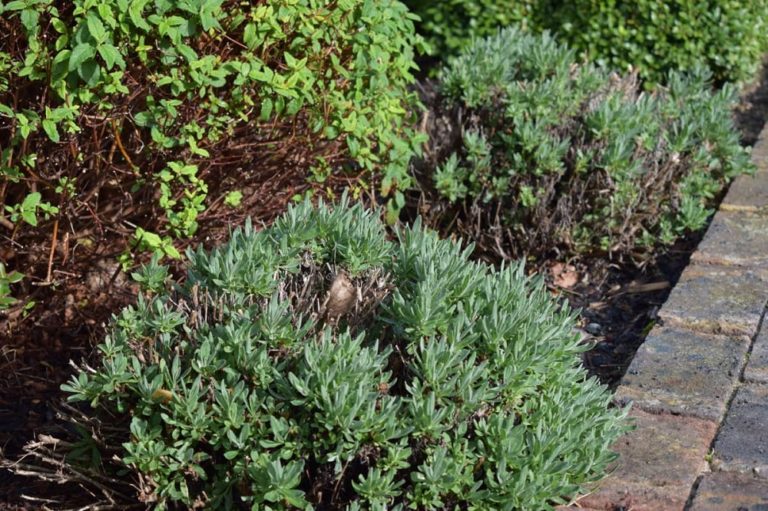Propagation of Petunia by seeds (sexually)
Unlike indoor plants, which are overwhelmingly propagated vegetatively, garden and garden plants are propagated by seeds.
Sexual (seed) reproduction is the production of a new plant, the emergence of which is due to the pollination of two germ cells – male and female, as a result of which seeds were formed. With such reproduction, a new plant begins to develop with all the changes and transformations that occurred in previous plants. That is, we can get a plant that will differ in the color of the flower, the shape of the leaf from the parent plant.
The seed method of propagation requires a lot of attention and patience, but for some garden(annual flowers, lobelia, zinnia, marigolds…) and garden (lettuces, cucumbers, tomatoes, cabbage, carrots…) plants it is the only way to get what you want. It must always be remembered that when propagated by seeds, a new plant begins to develop with all the changes and transformations that occurred in previous plants. That is, we can get a plant that will differ in size, shape and color of the flower, for us it is always a risk.
Next, we will consider in detail the method of seed propagation, using the example of garden or balcony Petunia (Surfinia).
- Seeds (be sure to check the expiration date).
- Mini greenhouse. It can be purchased in special stores, or made with your own hands.
- Earth (sterile soil for seedlings is best, you can also use universal soil)
- Water.
- Additional tools: pliers and nails
For seed propagation of plants for seedlings, we need:
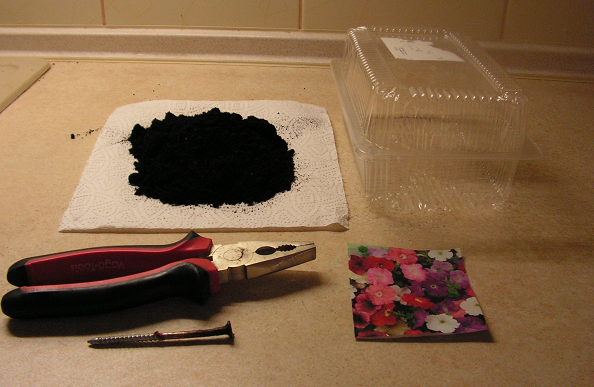
Read also our article “Sowing seeds for seedlings”
- Step by step:
We need to prepare a greenhouse. In this case, we use a plastic container with a lid (bought in a supermarket with cookies). Be sure to make two holes for draining excess water at the bottom of the greenhouse and two holes in the lid for air circulation (so that the topsoil is not covered with moss or mold). To do this, we use pliers and a nail or screw. We fix the screw with pliers, heat the cap of the screw on gas and carefully make the necessary holes.
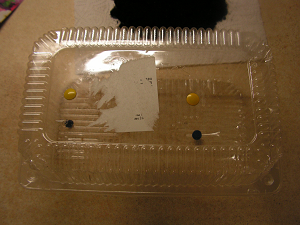
Our greenhouse is ready.
Pour and tamp the earth with a spoon into the lower part of the greenhouse and add it.
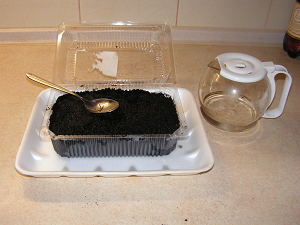
We sow seeds. In this case, we use petunia seeds, which are very, very small. Seeds of petunia, strawberries, lobelia, Carpathian bellflower should be sown on the surface of the soil using a slightly moistened tip of a match. It is necessary to sow seeds and in no case sprinkle with a layer of earth. Seeds such as dahlias, marigolds, cucumbers, tomatoes, peppers should be sprinkled with up to 1 cm layer of earth.
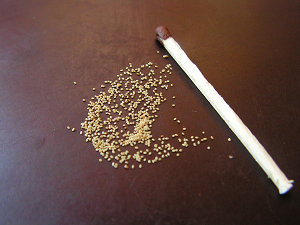
Moisten the seeds with a sprayer. Close the greenhouse, sign what we sowed there, transfer it to a warm, sunny place and wait for our seed to sprout (up to 14 days). As the earth dries, add water to our greenhouse by pouring water into a plate or moisten with a sprayer. From time to time, the greenhouse needs to be rotated so that the seedlings grow evenly, and do not elongate in one direction.

Somewhere after about 30-40 days, in the phase of 3-4 true leaves, our seedlings need to be planted in single pots. After 7 days of transplanting, we begin to feed.

We wish you success, you will succeed.

